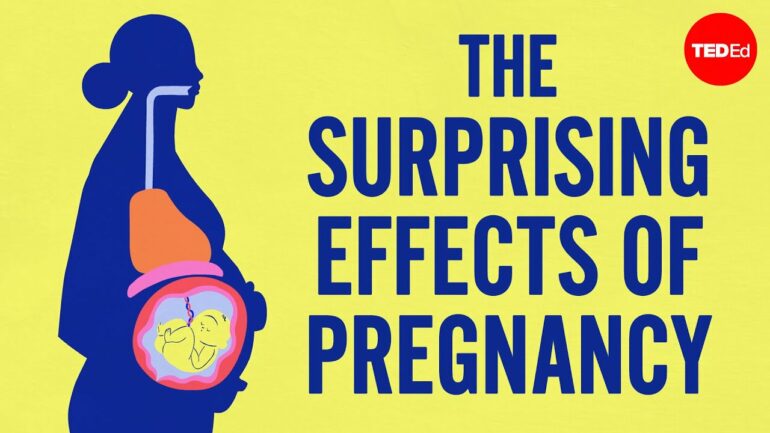Why are babies born prematurely? Researchers still don’t really know.
Obstetricians are very good at managing the process of birth. But when it comes to predicting whether a baby will be born in a timely manner, the science is still catching up. Research on the causes of preterm birth is decades behind that of other conditions such as cancer. That means nurses, doctors, midwives and doulas don’t have the tools and resources they need to do the best job possible when babies are born before 37 weeks of pregnancy.
One of the few known risk factors of preterm birth is whether a pregnant person has previously given birth to a preterm baby. Others include being pregnant with twins, triplets or more, and certain medical conditions such as urinary tract infections, high blood pressure or diabetes. Knowing these risk factors, however, does not always pinpoint the cause of preterm birth.
Progress has been slow in part because much of the research to date on preterm birth has approached pregnancy from the perspective of reproductive biology. That includes the enormous physiological changes across the reproductive, cardiovascular and endocrine systems of the pregnant person, and the influence of hormones and genetics on both parent and fetus.
Yet pregnancy is also an engineering challenge because it involves physical forces. Clinicians are dealing with an average 7-pound (3.2 kg) baby in around 1 liter of amniotic fluid held in place with a membrane less than 1 millimeter thick – all within a uterus that started out the size of a fist. That involves forces, pressures and mechanical loads that all can contribute to maternal, fetal and placental conditions that can trigger preterm birth.
In a paper published over 150 years ago, a physician recognized that birth is a mechanical event. But he was using 19th-century technology to measure the pressure per area on membranes that support pregnancy. Only now do researchers have the mechanical, electrical and computational engineering expertise to address the challenges of preterm birth.
But research on preterm birth is still so early that scientists first must build the tools to study it before they can diagnose and treat it. Our team of researchers is working to do just that.
Many complications can cause preterm birth
It’s hard to narrow down who is at risk of preterm birth because there is no single cause. Preterm birth can be triggered by multiple factors involving the pregnant person, the fetus, the placenta or the fetal membranes attached to the placenta that connect fetus and parent.
Globally, 1 in 10 live births are preterm, or born before 37 weeks of pregnancy. Of these preterm births, about 30% to 40% are caused by premature rupture of the fetal membranes, and another 1% to 9% by the cervix dilating prematurely.
With current technology, preterm births are rarely preventable. Current screening tools to measure the risk of preterm birth are fairly primitive. Doctors use ultrasound…



